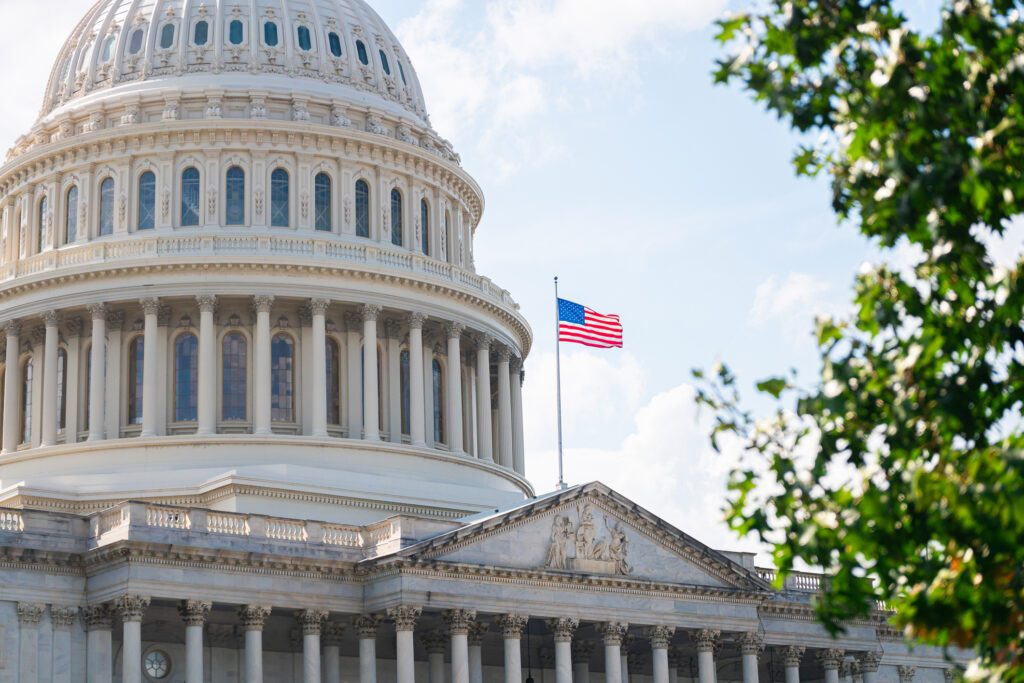January 23, 2025
What’s Next for Crypto Regulation in the United States?
I’m here in Davos where US President Donald Trump addressed delegates virtually on Thursday, setting up that the US will be the crypto capital of the world. Hours later, the White House issued the highly anticipated executive order on digital assets. Since winning the election in November, Trump and his team have sent up all the right smoke signals, including nominating David Sacks to be the White House crypto and artificial intelligence (AI) czar . Under the Biden administration, the crypto industry’s biggest complaint was the lack of regulatory clarity and the Securities and Exchange Commission’s (SEC) regulation of enforcement practices. The Trump administration intends to close the regulatory gap and propel a broader agenda of deregulation in the innovation sector early in its presidency.
With legislators favorable to the industry—including Representative French Hill as the chair of the House Financial Services Committee (watch his Atlantic Council event on stablecoins here), Senator Cynthia Lummis as the newly formed chair of the Senate Banking Committee’s subcommittee on digital assets, SEC Chair Paul Atkins, and advisors like Elon Musk and Commerce Secretary nominee Howard Lutnick – Confidence is growing that the crypto-forward agenda is on its way. But what does success on the regulatory front actually look like? What does this mean for the rest of the world? We dive into the dozen bills under consideration in Congress and zoom in on the three big themes for crypto regulation in 2025.
The SEC VS CFTC: Finally, a truce?
One of the main disagreements between the industry and lawmakers has been whether the SEC or the Commodity Futures Trading Commission (CFTC) is the right crypto regulator. As is often debated in Washington, is crypto a security or a commodity? Under former SEC Chairman Gary Gensler, the agency routinely fined crypto companies when it found them violating securities laws. This has led to some lawmakers and the industry favoring the CFTC as a regulator. Several bills under consideration, including the Financial Innovation and Technology for the 21st Century Act, the Digital Asset Market Structure and Investor Protection Act, the Responsible Financial Innovation Act, and the Bridge digital assets, address SEC and CFTC jurisdiction regarding crypto.
One of the Trump campaign’s biggest promises to the industry is an end to this era of regulation by enforcement. Paul Atkins, Trump’s pick to replace Gary Gensler as SEC chairman, is seen as friendly to the crypto industry. His appointment follows a wave of legal rulings over the past two years that have ruled in favor of the companies against the SEC. Atkins’ job, once under oath, will be twofold: he will have to clarify the SEC’s jurisdiction over the crypto market, and then enforce regulations on cryptoassets – their issuance, use and role in crypto-assets. American economy. Congress will increase these efforts, and you can expect several bills to rebalance the jurisdictional and enforcement powers of the SEC and CFTC. See below for the full breakdown.
Stablecoins, Ahoy!
Stablecoins have now passed $190 billion in global circulation. They can provide much-needed liquidity for the crypto market and act as conduits between crypto and non-crypto assets. Stablecoins are increasingly aimed at tackling humanitarian aid and cross-border payments such as remittances, including in Ukraine.
While 98 percent of floors are pegged to the dollar, more than 80 percent of stablecoin transactions occur overseas. This makes these “digital dollars” subject to regulatory frameworks set in Europe, Asia and Africa. Europe’s stablecoin framework, known as crypto-asset markets, came into full force in January 2025. Implementation of the framework is expected to prompt soul-searching across the Atlantic over pending legislation of the Gold Shield in Congress. The Stablecoin Payment Clarity Act and the Lummis-Gillibrand STABLESCOINS Act are the two bills under consideration. The Clarity Act has been under consideration by the House Financial Services Committee for the past year, moving closer to bipartisan consensus a few times. It became a discussion project proposed by Senator Bill Hagerty. The Lummis-Gillibrand Act was introduced in the Senate in May 2024.
The bottom line, as our cryptocurrency regulatory tracker shows, is that regulations in the United States play a key role in the future of crypto around the world. While other countries have developed their own regulatory frameworks, the United States has fallen behind, which may finally change in the coming months.
A pioneering national bitcoin reserve
With the appointment of Lummis as chairman of the Senate Banking Committee’s Digital Assets Subcommittee, it is likely that talks of a Bitcoin reserve will continue on the Hill. The logic behind the bill is to buy Bitcoin to be able to pay off the national debt. There are open questions about the Bummis Bitcoin reserve proposal, including the convoluted financing model, which takes gold certificates from their 1993 price to their current value.
There are also proposals for a US Central Bank Digital Currency (CBDC). The Trump administration and Republican lawmakers have made it clear that a retail CBDC, or digital dollar, will not happen in the United States. This puts the US at odds with peers like Europe, which is rolling out a digital euro pilot in 2025, and the UK, which established a CBDC lab last week. The executive order ordered all agencies to stop any ongoing work on a CBDC.
The breakdown of all major legislation currently being considered is below.
Ananya Kumar is the Deputy Director, Future of Money at the Atlantic Council’s Center for Geoeconomics.

At the intersection of economics, finance and foreign policy, Geoeconomic Center is a translation center with the aim of helping shape a better global economic future.
From reading
Image: US Capitol Building in Washington DC on a sunny and partly cloudy summer day in August

